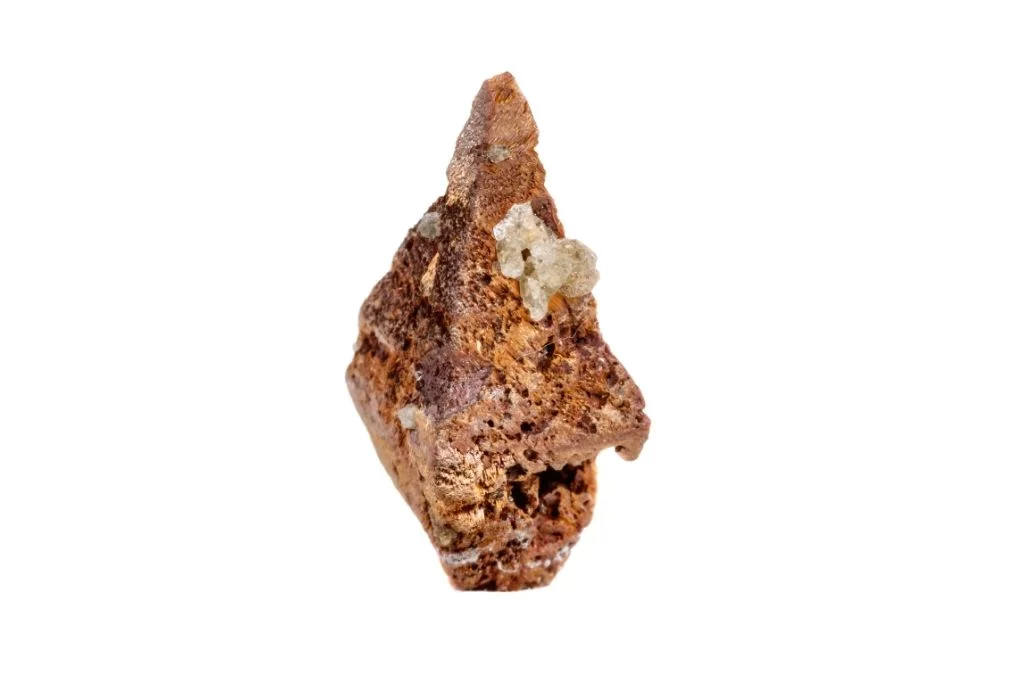Appearance and Color of Anatase
Anatase is a mineral form of titanium dioxide that exhibits distinct visual characteristics. This crystal typically appears in shades of brown, blue, or indigo, with occasional yellow or reddish tints. The color intensity can vary, ranging from nearly transparent to opaque. One of the most striking features of anatase is its adamantine or metallic luster, which gives the crystal a brilliant, diamond-like shine when light reflects off its surface.
Crystal Structure
Anatase crystallizes in the tetragonal system, forming dipyramidal crystals that are often tabular or pyramidal in habit. The crystals commonly display a combination of pyramid and prism faces, resulting in sharp, well-defined edges and points. These crystals can range in size from microscopic to several centimeters in length, with larger specimens being relatively rare.
Notable Physical Characteristics
One of the most remarkable features of anatase is its high refractive index, which contributes to its strong dispersion and fire. This property gives the mineral a sparkle that can rival that of diamond. Anatase also exhibits perfect cleavage in one direction, which can result in flat, smooth surfaces when the crystal is broken. The mineral has a relatively low hardness of 5.5-6 on the Mohs scale, making it softer than many other gemstones.
Unique Aspects and Features
Anatase stands out due to its ability to form twinned crystals, where two or more crystals grow together in a symmetrical manner. These twinned specimens often display intricate patterns and shapes, adding to their aesthetic appeal. Another distinctive feature is anatase’s pleochroism, which causes the crystal to appear different colors when viewed from different angles. This optical property can create a mesmerizing play of colors, especially in larger, high-quality specimens.
Historical and Cultural Significance of Anatase
Anatase, a mineral form of titanium dioxide, has been known to mineralogists and crystal enthusiasts for centuries. While not as widely recognized as some other crystals, it has garnered attention for its unique properties and appearance. Historically, anatase was primarily valued for its scientific and industrial applications rather than for cultural or spiritual purposes.
Metaphysical Associations
In the realm of crystal healing and metaphysics, anatase is believed to possess powerful energy-enhancing properties. It is often associated with clarity of thought, spiritual growth, and heightened intuition. Some practitioners claim that anatase can help align the chakras and promote a stronger connection between the physical and spiritual realms. The crystal is also thought to aid in meditation practices and facilitate astral travel.
Common Uses and Applications
Anatase finds its most significant use in industrial and scientific applications. It is widely employed in the production of photocatalysts, which are materials that can speed up chemical reactions in the presence of light. This property makes anatase valuable in the development of self-cleaning surfaces, air and water purification systems, and anti-fogging coatings. In the field of renewable energy, anatase is utilized in the manufacturing of solar cells, contributing to more efficient and sustainable energy production.
Benefits and Healing Properties
Crystal healers and alternative medicine practitioners attribute various benefits to anatase. It is believed to enhance mental clarity, boost creativity, and improve problem-solving abilities. Some claim that anatase can help alleviate mental fatigue and promote a sense of inner peace. Physically, it is thought to support the immune system and aid in the detoxification of the body. While these claims lack scientific validation, many individuals report positive experiences when working with anatase in their spiritual and healing practices.

